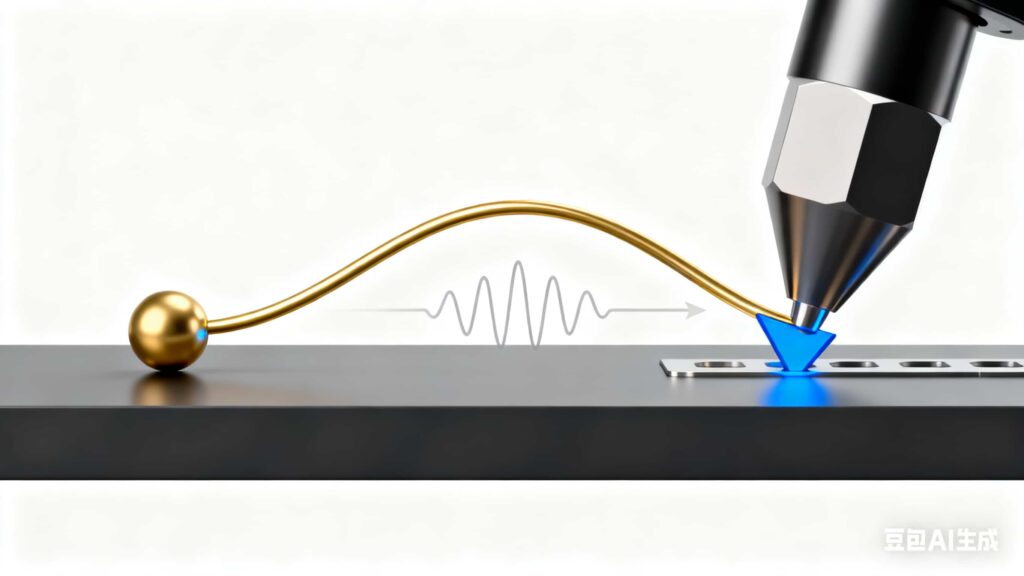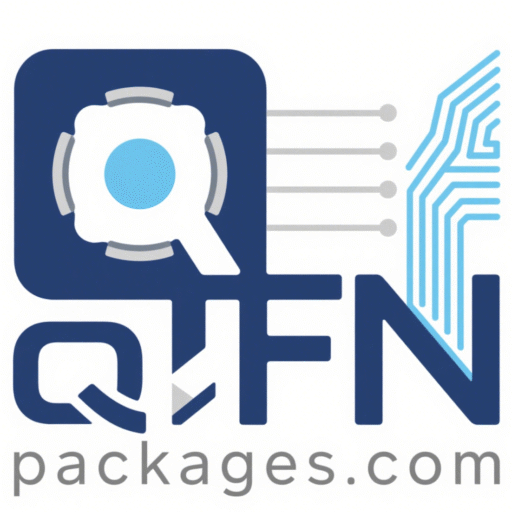Wire Bonding Basics – Principles of Wirebond Technology for Semiconductor & QFN Packages

1. Basic Principle of Wire Bonding
In modern electronic manufacturing, wire bonding is the most widely used interconnection method. It relies on solid-state welding, which means that metals are bonded together without reaching their melting temperature. This process is especially critical in semiconductor packaging, including advanced formats such as QFN packages.
2. Four Fundamental Factors of Solid-State Bonding (Wirebonding)
To achieve optimal bonding quality, four key parameters must be precisely controlled:
- Bond Force (Pressure) – the applied force that presses the bonding wire onto the bonding pad.
- Bond Power (Ultrasonic Energy, USG Current) – vibration energy that helps break oxide layers and create a strong metallurgical bond.
- Bond Time – the duration of bonding, ensuring sufficient energy transfer without damaging the substrate.
- Bonding Temperature – controlled heating to enhance diffusion and improve bond reliability.
3. Achieving the Best Bond Between Gold Ball and Aluminum Pad
The aluminum pad (bonding surface) consists of several layers:
a. A thin layer of moisture and impurities
b. A layer of aluminum oxide (Al₂O₃)
c. A pure aluminum layer (ideal bonding surface)
d. A deeper aluminum oxide layer
e. The underlying silicon substrate
The best wire bond is achieved when the gold ball closely bonds with the pure aluminum layer. Mastering the balance of the four bonding parameters is essential:
- Excessive force or ultrasonic power may cause aluminum splash or silicon cratering.
- Insufficient bonding force or energy will fail to penetrate the oxide layers, resulting in weak bonds.
For reliable semiconductor packaging, engineers must carefully adjust these parameters to ensure strong, defect-free interconnections.
